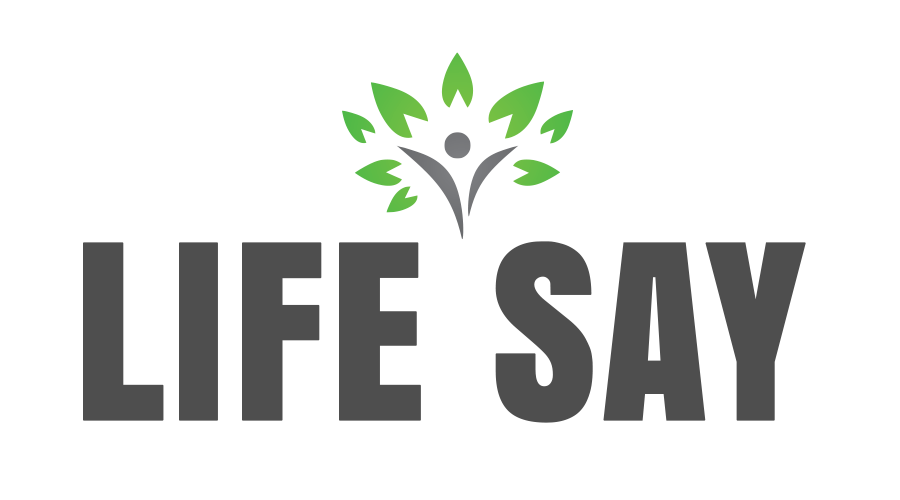Understanding the Effects of California’s Flavor Ban on Tobacco Products
Key Takeaways:
- The introduction of flavored tobacco bans reflects a growing initiative to tackle the smoking epidemic, especially among youth.
- The complexity of such policies is evident in their economic implications, legal challenges, and varied public responses.
- A global perspective shows us that while California’s measures are bold, they are part of a worldwide movement to curb tobacco usage.
- Long-term solutions necessitate a blend of regulation, education, cessation support, and continuous evaluation.
Table of Contents:
- Introduction to Tobacco Flavor Bans
- The Public Health Perspective
- Economic Considerations
- Implementation Challenges
- Alternative Measures and Solutions
- Public Opinion and Debate
- Global Context: The Flavor Ban Movement Worldwide
- Legal Considerations
- The Future of Tobacco Regulation
- Educational Efforts and Awareness Campaigns
Introduction to Tobacco Flavor Bans
Regulatory actions toward flavored tobacco have marked a significant shift in public health policy. In recent times, the enticement of these flavors has come under scrutiny due to their role in increasing the appeal of tobacco products to younger audiences. States like California are at the forefront of these initiatives, taking determined steps to mitigate this trend. A signal of such commitment is the comprehensive California vape ban, a policy designed to quell the popularity of flavored tobacco amongst adolescents and start a statewide shift towards a healthier, smoke-free generation.
The Public Health Perspective
Public health advocates are steadfast in their belief that a ban on flavored tobacco products can lead to a decrease in smoking rates, especially in youth. This assumption stems from studies suggesting that flavors often serve as a gateway for young people to begin smoking, compounding the challenge of combating nicotine addiction later in life. The correlation between flavors and initiation is further evidenced by statistics from authoritative sources like the Centers for Disease Control and Prevention (CDC). Some reports on youth tobacco consumption underscore the popularity of flavored options among this demographic, casting flavored tobacco in a dubious light.
Economic Considerations
Yet, the merits of the ban extend beyond the parameters of health. There are economic dimensions to consider—mainly the impact on tobacco sales within California. From convenience stores to vape shops, the prohibition of flavored tobacco products poses a challenge to retailers dependent on these sales for revenue. Faced with such a ban, the tobacco industry is compelled to strategize, as seen in the shifting of their products and marketing. This transformation is captured in the media, with outlets that portray a dynamic industry adapting to evolving regulations.
Implementation Challenges
The implementation of a flavor ban has its challenges. Law enforcement and regulatory bodies have the complex task of navigating the shadowy lines of compliance and anticipating the rise of illicit markets that might cater to the demand for these now-prohibited products. Effective enforcement also requires public buy-in and a thorough understanding of the ban’s implications amongst retailers and consumers alike.
Alternative Measures and Solutions
As is often the case with sweeping regulatory changes, alternative routes and options garner attention. In the gap created by the elimination of flavored tobacco, cessation programs have received increased emphasis, offering support to those seeking to break free from nicotine’s grip. The prominence of these programs further exemplifies a commitment to public health that extends beyond the immediate effects of regulation.
Public Opinion and Debate
Perhaps predictably, public opinion on tobacco flavor bans like California’s is polarized. Proponents of the prohibition herald it as a milestone in the war against tobacco-related health issues. At the same time, detractors question its efficacy and rail against what they perceive as government overreach. The debate is rich and multifaceted, touching on the themes of autonomy, public welfare, and the role of government in regulating personal lifestyle choices.
Global Context: The Flavor Ban Movement Worldwide
While California’s policy choices may seem insular, they reflect a global shift. Numerous countries have taken steps to curb tobacco use through various measures, including flavor bans. These international efforts paint a picture of a concerted effort to address a common public health challenge despite the diversity of cultural and regulatory environments.
Legal Considerations
Every new law is bound to face its day in court, and the flavor ban is no exception. The legal landscape in this realm is a patchwork of local, state, and federal regulations, each with its perspective on the trade-offs between health and commerce. The outcomes of ongoing and future legal challenges are poised to shape the effectiveness and longevity of bans like California’s.
The Future of Tobacco Regulation
Looking ahead, the landscape of tobacco regulation seems poised for continuing evolution. As research provides a deeper understanding of smoking habits and addiction, regulatory responses will adapt. This could mean the emergence of more nuanced policies, targeting specific aspects of tobacco marketing and sales to maximize the impact on public health.
Educational Efforts and Awareness Campaigns
Any comprehensive strategy to combat tobacco usage must entail an educational component. Public awareness campaigns, particularly those aimed at youth, are crucial for elucidating the dangers of smoking and the deceptive allure of flavored products. By investing in these initiatives, the hope is that future generations can be spared the health repercussions of tobacco use.
The journey toward a smoke-free society is complex and riddled with obstacles. California’s venture into the uncharted territory of flavor bans is just one example of a vast mosaic of efforts to protect citizens’ lungs and communities’ health. As this narrative unfolds, regulation, economic considerations, legal precedents, and educational campaigns must converge to reinforce the bulwark against tobacco use—an undertaking of profound significance for the collective well-being of society.


